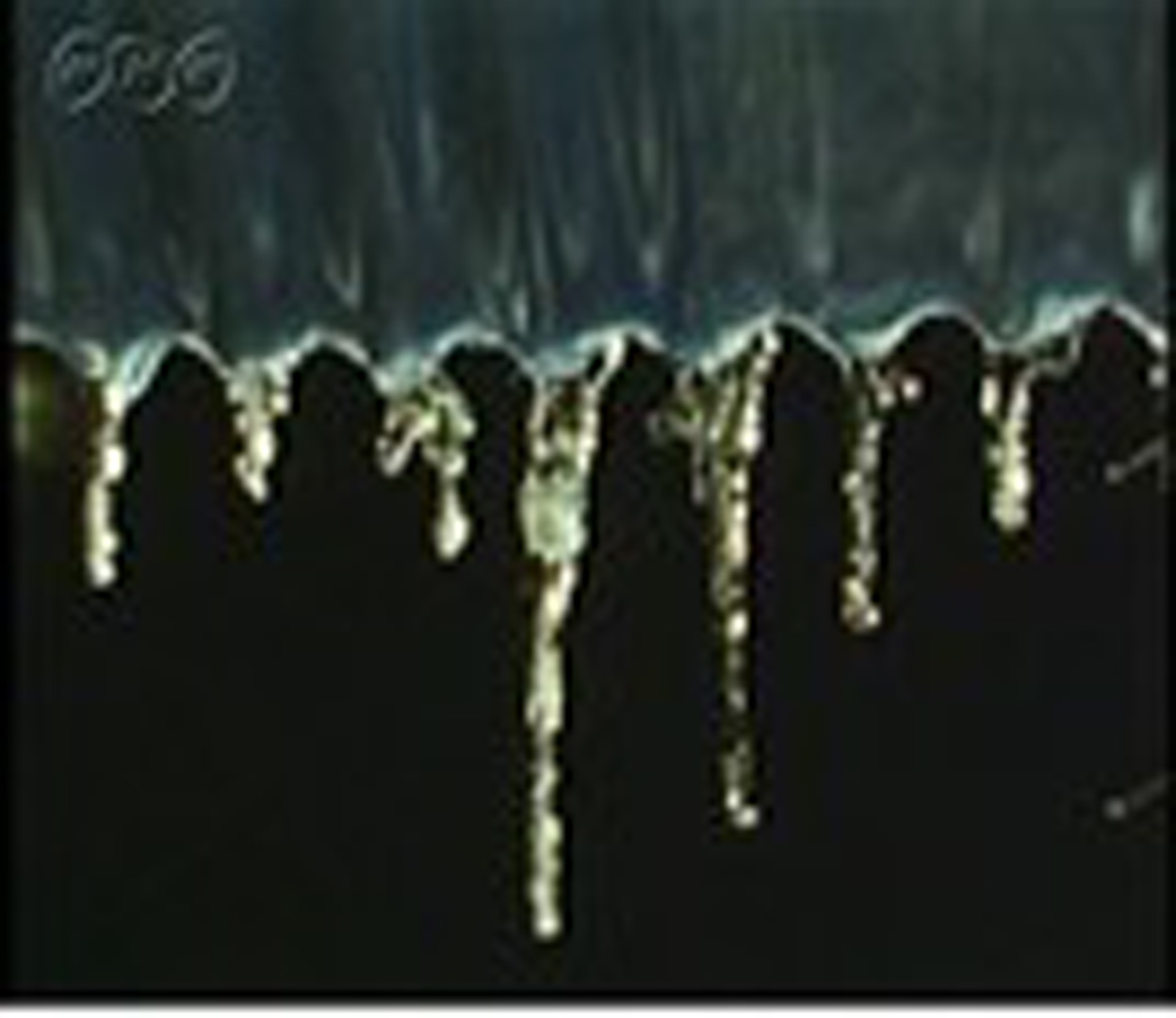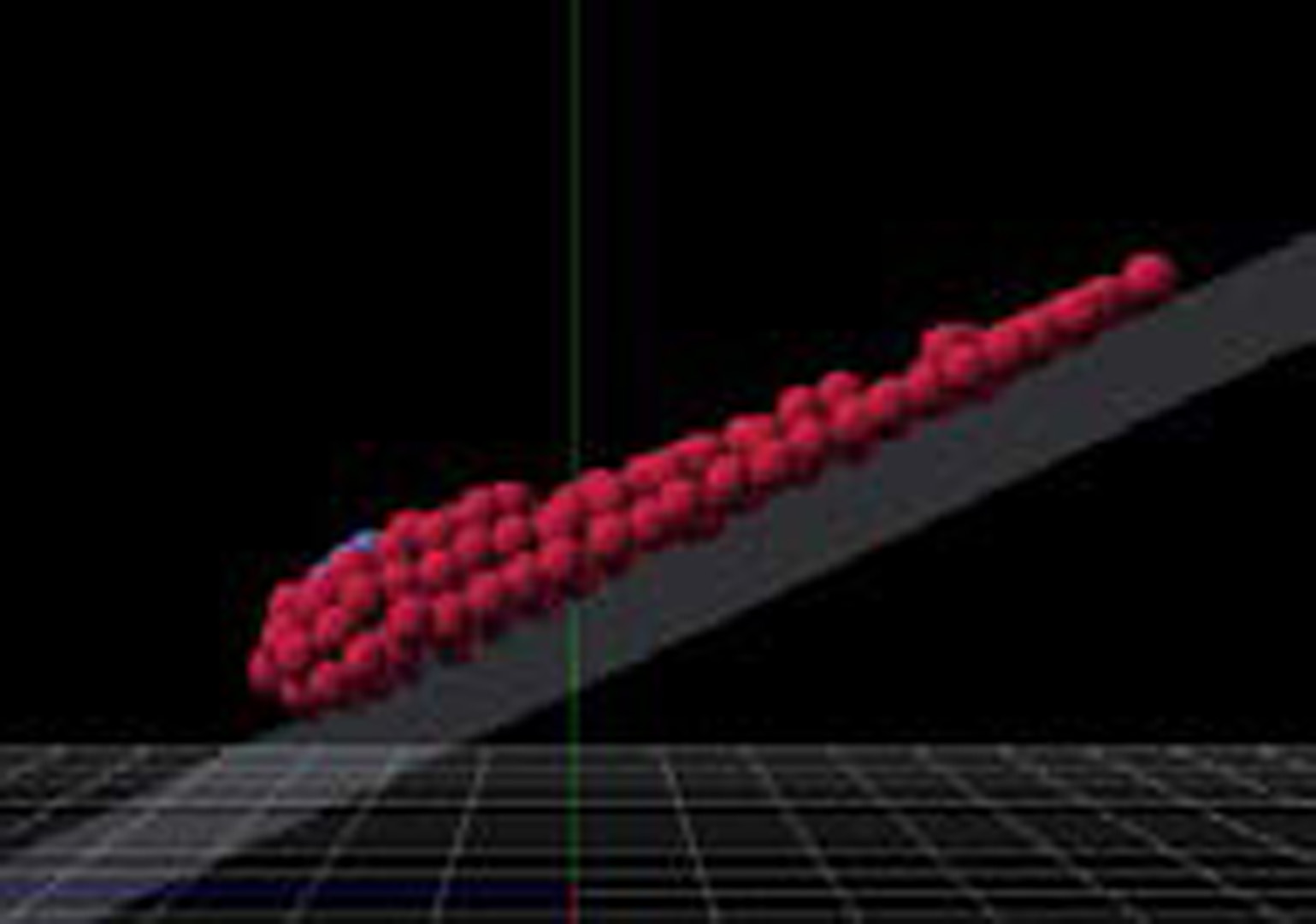“An icicle generation model based on the SPH method” by Sato, Kobayashi, Moriya, Morimoto and Takahashi
Conference:
Type(s):
Title:
- An icicle generation model based on the SPH method
Presenter(s)/Author(s):
Entry Number: 10
Abstract:
There has been a lot of research done on the water drop model. However, for the icicle growth model, the one by [Kim] has been reported. Although there has been a lot of research on melting ice and icicles, there is no model that can simulate the developing state of an icicle as each water drop drips and freezes. Our model can deal with the phase transition process from start to end, from water into ice, by using an extended model of the SPH method.
References:
- Abe, T., imura, M., Ikeda, S., Manabe, Y., and Chihara, K., 2009. Particle-based liquid simulation for animation of water drops. Journal of Institute of Image Information and Television Engineers, Vol. 63, No. 7, 951–956.
- Theodore, K., David, A., and, Ming, C, L., 2006. Modeling ice dynamics as a thin-film Stefan problem. Proc. ACM SIGGRAPH/Eurographics Symposium on Computer Animation, 167–176.
Additional Images:
- 2014 Poster: Sato_An icicle generation model based on the SPH method
- 2014 Poster: Sato_An icicle generation model based on the SPH method
PDF:
ACM Digital Library Publication:
Overview Page:
Submit a story:
If you would like to submit a story about this presentation, please contact us: historyarchives@siggraph.org









